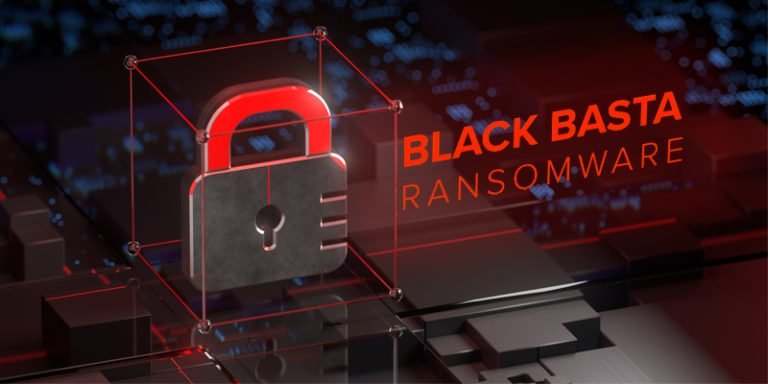Descriptions:
On July 12, 2023, reports emerged suggesting that the hacktivist group known as ‘Fr3dens of Security’ had allegedly conducted distributed denial-of-service (DDoS) attacks against several Indian government entities. The targeted organizations reportedly included the Ministry of Health & Family Welfare (mohfw.gov.in), the Government Cybercrime Portal (cybercrime.gov.in), and the Department of Food & Public Distribution (dfpd.gov.in).
At the time of reporting, it was indicated that the website for the Ministry of Health was affected by the DDoS attack, although further details regarding the extent and impact of the attacks were not available.
The DDoS attacks aimed to disrupt the online services and availability of these government websites by overwhelming them with a massive influx of traffic. Such attacks can cause temporary unavailability or slow down the targeted websites, impacting their functionality and access for users.
It is important to note that the motives behind the attacks and the extent of their impact are still being investigated, and additional details about the attacks and the response from the affected entities may emerge in the future.
Impacts :
- Service Disruption: DDoS attacks aim to overwhelm targeted servers, networks, or websites with a flood of traffic, rendering them unresponsive or significantly slowing down their performance. This disrupts the availability of services to legitimate users, causing inconvenience and potential financial losses for businesses.
- Loss of Revenue: When online services are disrupted due to DDoS attacks, businesses may experience financial losses. E-commerce platforms, for example, may lose out on potential sales during the attack period. Additionally, service providers that offer subscription-based services may face customer dissatisfaction and potential churn if the service remains unavailable for an extended period.
- Damage to Reputation: DDoS attacks can damage the reputation of targeted organizations. Users may perceive the inability to access services as a sign of poor security or reliability, leading to a loss of trust in the targeted entity. This reputation damage can have long-term consequences, affecting customer relationships and business partnerships.
- Increased Operational Costs: Mitigating DDoS attacks often requires additional resources, including personnel, network infrastructure, and specialized mitigation services. Organizations may need to invest in DDoS protection solutions, such as traffic scrubbing services or load balancers, to handle and mitigate attack traffic. These additional costs can strain the organization’s budget.
- Customer Dissatisfaction and Support Burden: Users who are unable to access services due to a DDoS attack may express frustration and dissatisfaction. This can result in increased support requests and inquiries, placing an additional burden on customer support teams. Organizations need to promptly communicate with users during such incidents to manage expectations and provide updates on the situation.
- Secondary Attack Vectors: In some cases, DDoS attacks are used as a smokescreen to divert attention from other malicious activities, such as data breaches or malware installations. While the primary impact is the disruption of services, organizations should remain vigilant and investigate any potential secondary attack vectors that may accompany the DDoS attack.
- Regulatory and Compliance Concerns: Depending on the industry and the data being processed, organizations may have legal or regulatory obligations to maintain service availability. DDoS attacks that result in prolonged service disruptions can raise compliance concerns and potential legal ramifications.
Mitigations :
- Network Monitoring: Employing robust network monitoring tools allows organizations to identify abnormal traffic patterns and potential attacks in real time. This enables swift action and mitigation.
- Traffic Filtering: Employing firewalls, intrusion detection systems (IDS), and intrusion prevention systems (IPS) can help filter out malicious traffic and reduce the impact of attacks.
- Bandwidth Scaling: Collaborating with internet service providers (ISPs) to ensure sufficient bandwidth capacity helps absorb the impact of attacks and maintain service availability.
- Load Balancing: Distributing network traffic across multiple servers can help alleviate the strain caused by attacks and improve overall system resilience.
- Incident Response Planning: Developing an incident response plan that includes procedures to detect, respond, and recover from DoS or DDoS attacks is essential. This plan should involve key stakeholders and outline communication channels, mitigation strategies, and recovery processes.
- Content Delivery Networks (CDNs): Utilizing CDNs can help distribute traffic geographically and reduce the impact of attacks by caching content closer to end-users.
- Cloud-based DDoS Protection Services: Engaging the services of cloud-based DDoS protection providers can help mitigate large-scale attacks by absorbing and filtering malicious traffic before it reaches the organization’s network.
Take Away: The It is important to note that the motives behind the attacks and the extent of their impact are still being investigated, and additional details about the attacks and the response from the affected entities may emerge in the future.
It may be targeted by collective group of Pakistan & China nation state hackers.





